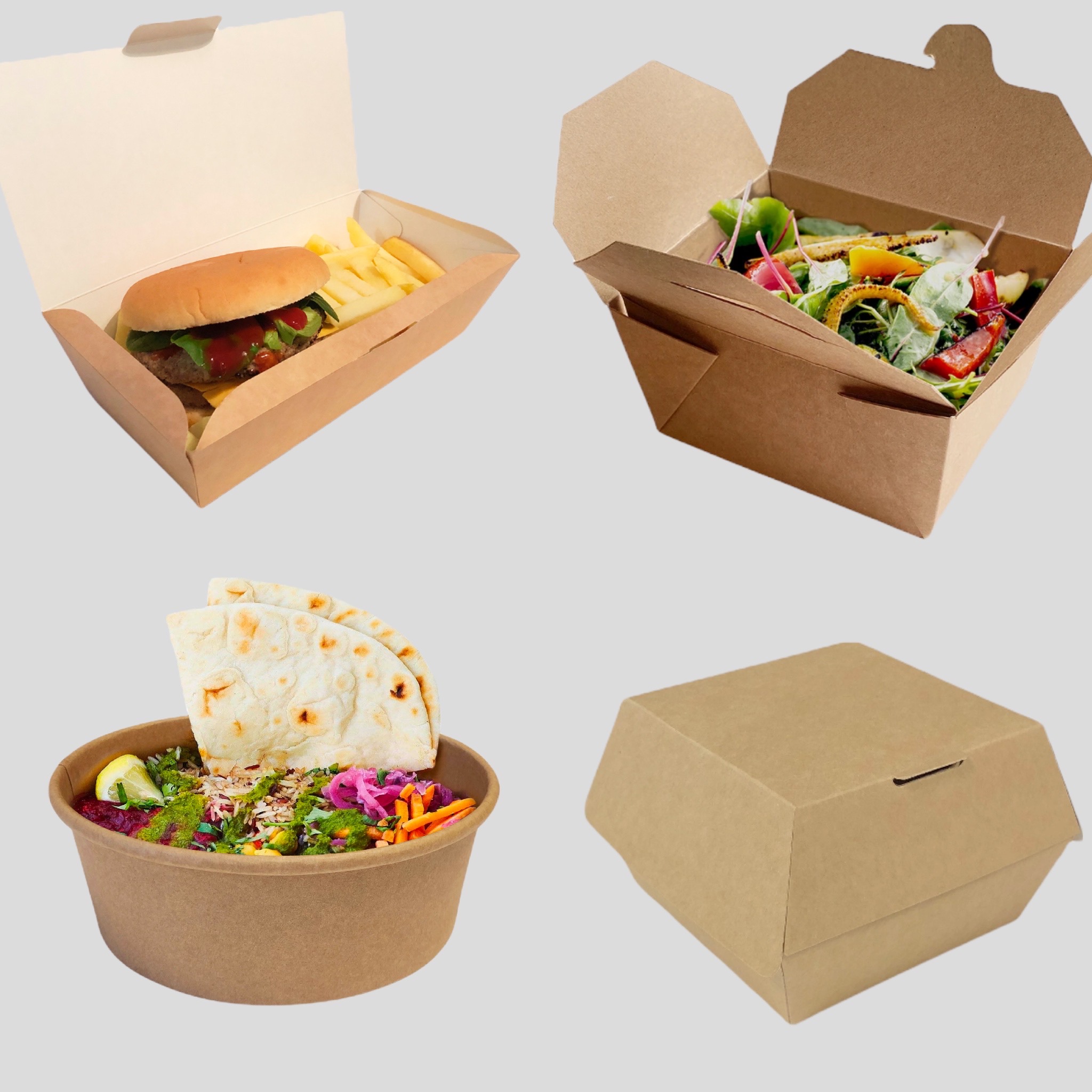
Food packaging plays a crucial role in preserving, protecting, and showcasing food products across industries. From preventing spoilage to maintaining freshness, food safety standards, and prolonging shelf life, high-quality packaging materials are indispensable in delivering a satisfying experience for consumers. As food packaging experts with over 40 years of experience, Charlotte Packaging has its finger on the pulse of innovation, providing exceptional packaging solutions that cater to evolving market needs and trends.
In the fast-paced, ever-changing world of food and beverage manufacturing, producers and retailers must stay ahead by adopting the latest technological advancements and best practices in food packaging. With a plethora of materials and designs currently available, the challenge lies in selecting the right solutions that not only meet industry standards and regulations but also align with consumer preferences for sustainability and convenience.
This comprehensive guide will explore several innovative food packaging solutions that enhance product freshness, safety, and shelf life, providing a valuable resource for brands looking to set themselves apart in this competitive market. We will delve into smart packaging technologies and material innovations currently shaping the industry landscape, including modified atmosphere packaging, active and intelligent packaging, and cutting-edge barrier films.
In addition to innovative technologies and materials, this guide will provide valuable insights into essential elements of food packaging design that address consumer needs while ensuring preservation, protection, and effective communication. Furthermore, the post will demystify the complex world of food packaging regulations and compliance, equipping businesses with the knowledge required to navigate food safety and environmental requirements.
Smart Packaging Technologies for Freshness and Safety
- Modified Atmosphere Packaging (MAP)
Modified Atmosphere Packaging (MAP) is an innovative food packaging technology designed to extend shelf life and maintain product freshness. By carefully controlling and modifying the gaseous environment within a package, MAP inhibits microbial growth, minimises oxidation, and reduces spoilage. This advanced packaging solution is particularly effective for perishable food products, such as meats, fruits, vegetables, and dairy, maintaining their quality throughout the distribution chain.
- Active and Intelligent Packaging
Active and intelligent packaging represents a new era of food packaging technologies, designed to monitor, interact, and improve the conditions of packaged food products. Active packaging systems may release or absorb substances within the package to maintain product quality. Examples include oxygen absorbers, moisture regulators, and antimicrobial agents.
On the other hand, intelligent packaging systems offer sensing and communication capabilities to provide invaluable information on the product’s condition throughout its lifecycle. Examples include time-temperature indicators and freshness sensors that monitor environmental changes or microbial activity to ensure product safety.
- Antimicrobial Packaging
Antimicrobial packaging is an innovative technology that incorporates antimicrobial agents into packaging materials to combat bacterial, fungal, or viral growth on the packaged food surface. By inhibiting pathogens, antimicrobial packaging can enhance food safety, extend shelf life, and maintain overall product quality. This progressive technology is particularly useful for high-risk food products like poultry, seafood, and fresh produce.
Material Innovations for Improved Food Packaging
- Biodegradable and compostable materials
Sustainability has become a significant focus in the packaging industry, leading to the emergence of biodegradable and compostable materials as innovative alternatives to conventional materials. These are designed to break down into natural components within a specified timeframe under appropriate environmental conditions. Examples include biopolymers derived from starch, cellulose, or proteins, which can exhibit strength, moisture resistance, and barrier properties, making them suitable for various food packaging applications.
- Barrier films for enhanced product protection
Advanced barrier films are engineered to provide heightened protection against external factors like oxygen, moisture, and light, ensuring optimal product freshness, safety, and shelf life. These films often comprise multiple layers of materials, each designed to serve a specific purpose in preserving the packaged food. For example, metallised films, which incorporate a thin layer of aluminium, provide an excellent barrier against oxygen and light while remaining lightweight and cost-effective.
- Recyclable and reusable materials
In response to increasing environmental concerns and consumer demand for sustainable packaging options, many brands are exploring recyclable and reusable packaging materials. These solutions promote a circular economy, as they can be processed after use and turned back into new packaging materials. PET, PP, and high-density polyethylene (HDPE) are examples of widely recycled plastics commonly used in food packaging. Additionally, some brands are exploring reusable food packaging systems, like returnable containers and refill schemes, to reduce packaging waste further.
Key Elements of Effective Food Packaging Design
- Preservation and protection
An effective food packaging design must prioritise product preservation and protection. This involves selecting the appropriate materials and technologies to maintain product freshness, safety, and shelf life, as well as ensuring the packaging can withstand external factors like temperature fluctuations and mechanical stress throughout the distribution chain.
- Communication and branding
Food packaging serves as a valuable communication tool, conveying essential information to customers and promoting brand identity. Effective packaging design should incorporate clear, concise, and accurate labelling that complies with regulatory requirements, clearly communicates product benefits, and aligns with the brand’s core values and aesthetics.
- Convenience and functionality
Finally, food packaging design should emphasise convenience and functionality to meet the changing demands of time-poor consumers. Innovations like easy-open systems, resealable closures, and portion control options enhance the customer experience, making products more appealing and accessible.
Conclusion
Innovative food packaging solutions play a pivotal role in meeting the ever-evolving challenges of the food industry by enhancing product freshness, safety, and shelf life. As industry pioneers with over four decades of experience, Charlotte Packaging is dedicated to staying at the forefront of innovations in technology, materials, and design to provide clients with the most effective, sustainable, and eco-friendly packaging solutions.
By understanding and embracing the latest advances in food packaging bags, brands can equip themselves with the knowledge and capabilities needed to deliver exceptional, safe, and sustainable food products that stand out in an increasingly competitive marketplace. Partner with Charlotte Packaging today and discover how innovative food packaging solutions can revolutionise your business and elevate your products to the next level.
